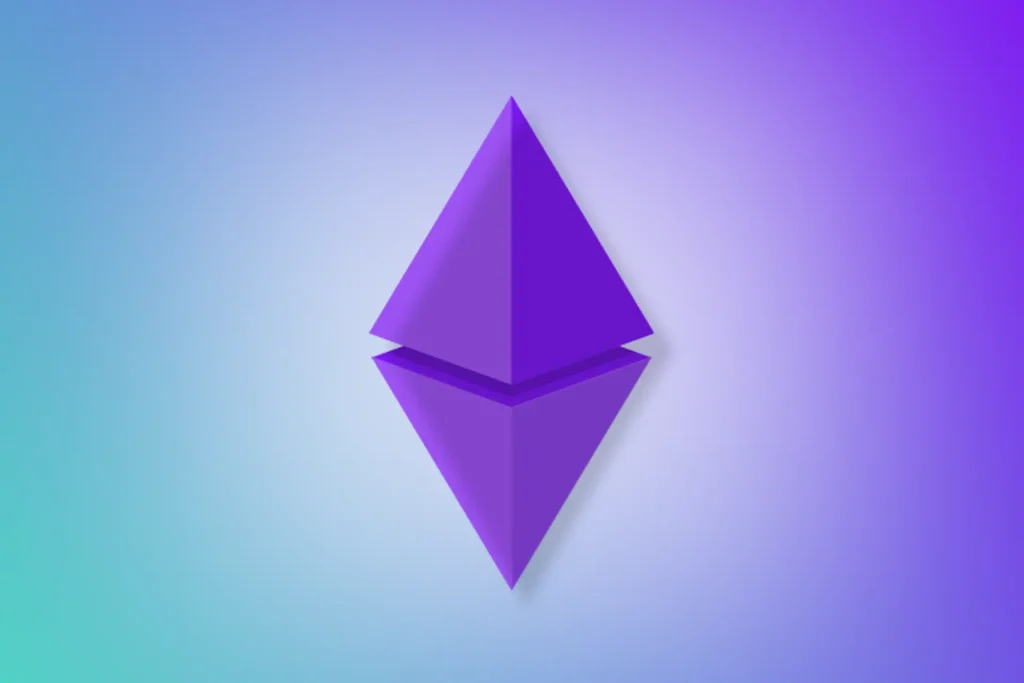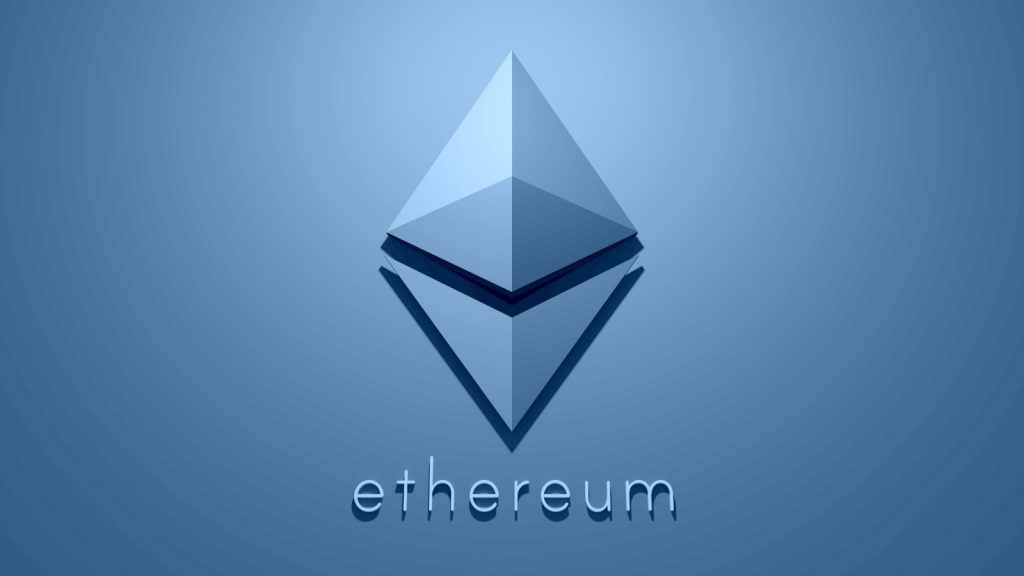In the dynamic world of cryptocurrency, Ethereum has emerged as a powerhouse, capturing the attention of investors, developers, and tech enthusiasts alike. With its unique capabilities, including smart contracts and decentralized applications (dApps), Ethereum offers a plethora of opportunities for individuals looking to monetize their involvement in the crypto space. However, understanding how to navigate this multifaceted ecosystem is essential for those aiming to profit. In this article, we will explore various methods to make money with Ethereum, highlighting innovative strategies and providing valuable insights for both beginners and seasoned investors.
Buying and Holding Ethereum (HODLing)
One of the most straightforward methods to make money with Ethereum is to buy and hold (often referred to as “HODLing”) the cryptocurrency. This strategy is based on the belief that the price of Ethereum will rise over time, allowing investors to sell their holdings at a profit later. Historically, Ethereum has demonstrated significant price appreciation since its inception, often mirroring or exceeding the performance of Bitcoin in various market cycles.
To maximize returns through HODLing, investors should consider several factors, including:
- Market trends: Staying updated on market movements and price forecasts.
- Technological advancements: Keeping track of Ethereum updates, particularly Ethereum 2.0.
- Ecosystem health: Monitoring the development of projects and partnerships within the Ethereum network.
Key Factors Influencing Ethereum’s Price
| Factor | Impact on Price |
|---|---|
| Technological upgrades | Enhances scalability and security, driving demand |
| Market sentiment | Positive news can lead to price surges, while negative news can cause drops |
| Regulatory developments | New regulations can impact trading and investment behavior |
| Adoption rate of dApps | Increased usage of dApps can drive demand for ETH |
Staying informed about Ethereum’s upgrades, such as the recent transition to Ethereum 2.0, can provide insights into potential price movements. This upgrade, which aims to enhance scalability and security, is seen as a critical driver of future demand, making it a promising time for long-term investors to accumulate ETH.

Yield Farming and Staking
Yield farming and staking are innovative ways to generate passive income using Ethereum. Yield farming involves lending your Ethereum to decentralized finance (DeFi) protocols in exchange for interest or rewards, often paid in additional tokens. This practice has gained popularity due to the attractive returns it can offer, sometimes exceeding traditional banking rates by a considerable margin. However, yield farming does come with risks, including smart contract vulnerabilities and market volatility.
Yield Farming vs. Staking
| Method | Description |
|---|---|
| Yield Farming | Lend your ETH to DeFi protocols for rewards; potential for high returns but comes with risks. |
| Staking | Lock up ETH to support the Ethereum network; earn steady rewards with relatively lower risk. |
Staking, on the other hand, is a feature introduced with Ethereum 2.0, allowing investors to earn rewards by locking up their ETH to support network operations, such as validating transactions. By participating in staking, users contribute to the security and efficiency of the network while earning a steady return on their investment. The process is relatively straightforward: investors can use platforms like Coinbase or Binance to stake their ETH, making it an accessible option for both new and experienced users.
Developing dApps and Smart Contracts
For those with a technical background, creating decentralized applications (dApps) or smart contracts on the Ethereum blockchain can be a lucrative venture. The Ethereum network supports a wide range of dApps, from finance and gaming to supply chain management. By developing a successful dApp that addresses a specific market need or problem, developers can monetize their creations through various methods, such as transaction fees or subscription models.

Opportunities for Developers
- DeFi Applications: Build platforms for lending, borrowing, or trading assets.
- Gaming: Create play-to-earn games that integrate blockchain technology.
- NFT Marketplaces: Develop platforms for trading unique digital assets.
Moreover, the growing popularity of non-fungible tokens (NFTs) has opened new avenues for profit within the Ethereum ecosystem. Artists, musicians, and creators can mint their own NFTs and sell them on marketplaces like OpenSea or Rarible, earning substantial profits in the process. As the demand for unique digital assets continues to rise, the potential for revenue generation through dApp development and NFT creation remains significant.
Popular NFT Marketplaces
| Marketplace | Features |
|---|---|
| OpenSea | Largest NFT marketplace with a wide variety of digital assets. |
| Rarible | Community-driven platform with a focus on user-generated content. |
| Mintable | User-friendly interface for creating and selling NFTs. |
References
- Watcher Guru – this guide discusses various strategies for making real money with Ethereum, including long-term investment potential, staking, and participating in decentralized finance (DeFi).
- Blocktrade – this article focuses on staking as a method to earn passive income with Ethereum.
- Recap – this resource dives into the various ways to earn with Ethereum, from buying and holding to engaging in yield farming and DeFi activities.


